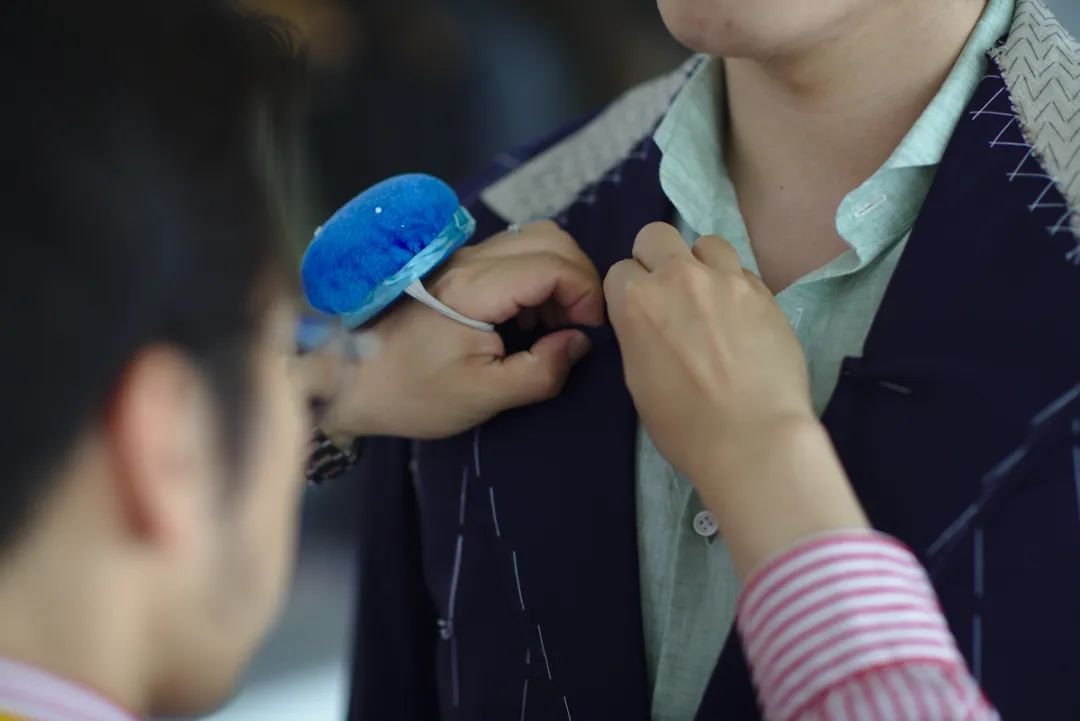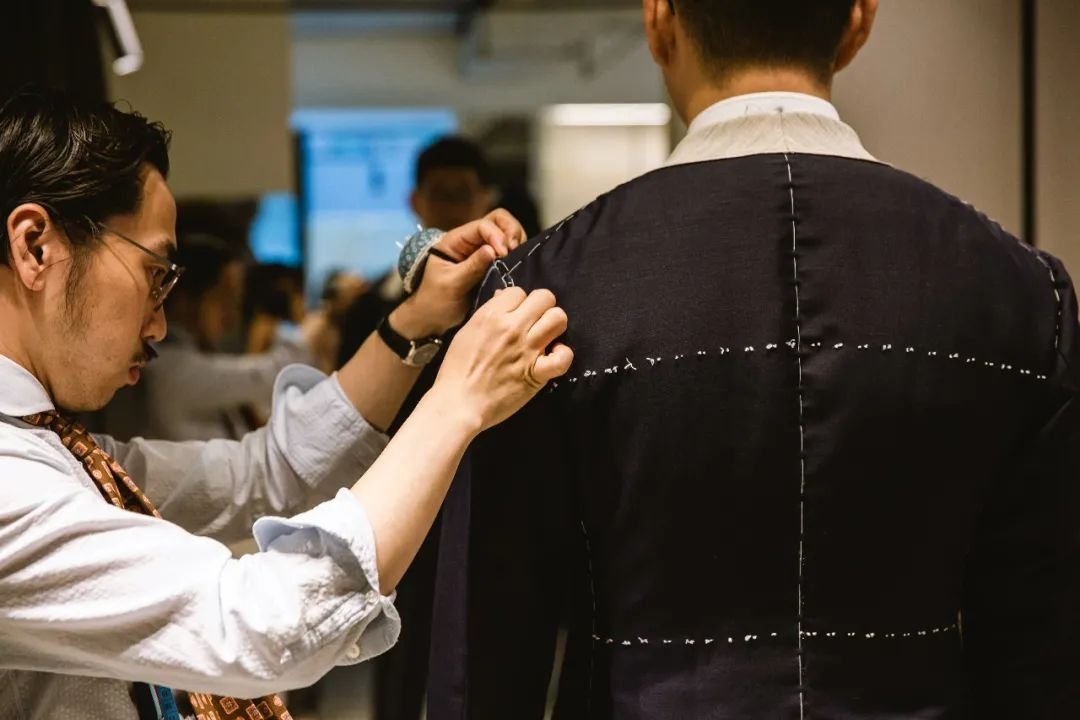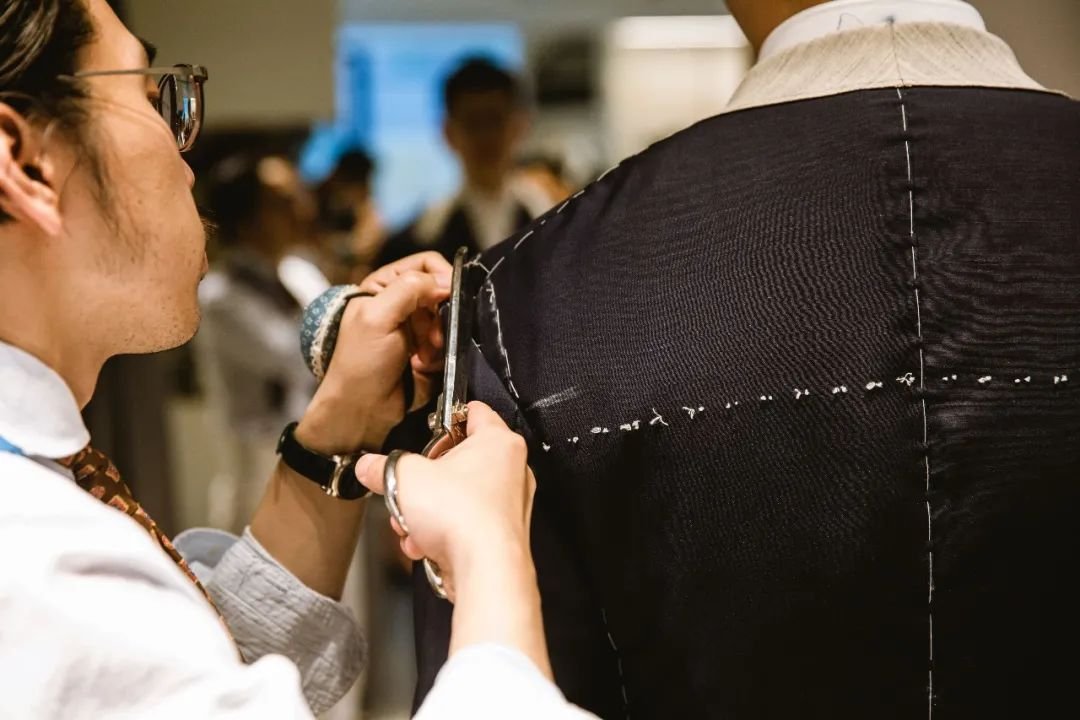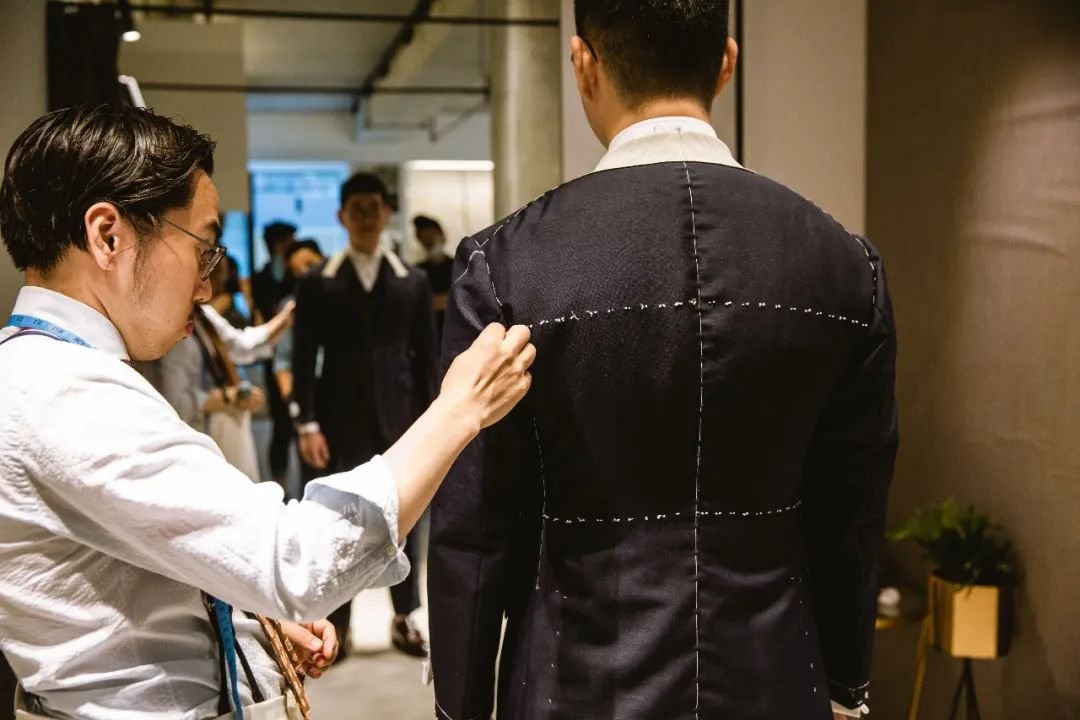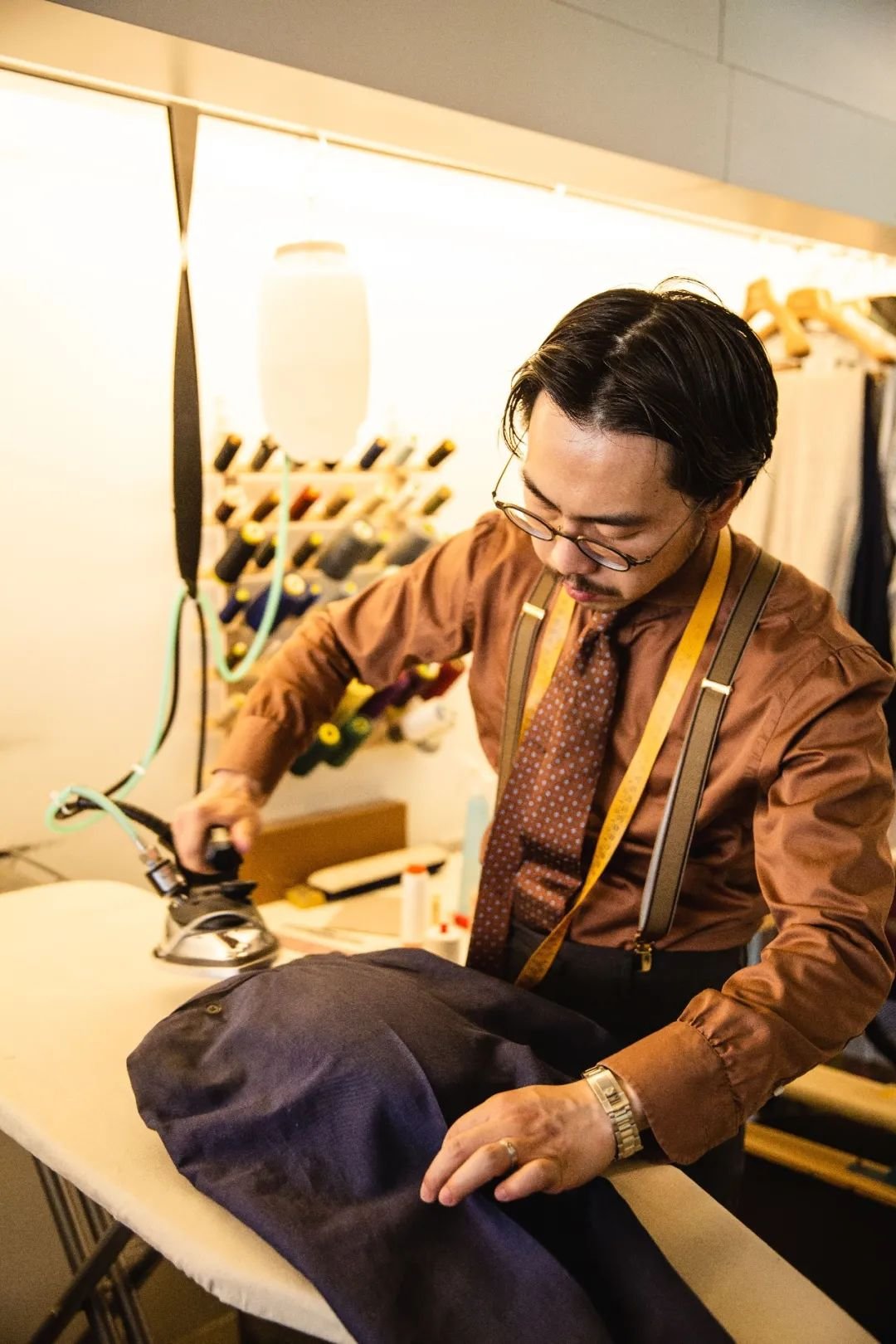Bespoke Part IV — The Making a Bespoke Suit
Bespoke Video No.4 – The Making
From the cutting to the canvasing to the finishing, there is a lot of work that goes into making each suit—almost 60 hours of work, to be exact. That is work put in by a skilled tailor using their own two hands to construct an artisanal suit—something very different from your standard industrial made ready to wear suit.
A RTW suit pattern is made based on an average of thousands of body types. Two guys might both have a chest measurement of 100cm, which roughly translates to a size 50 suit jacket. However, if one guy has a slightly more erect posture and the other a slightly stooped posture, they require two completely different patterns. In this case, the fit of a RTW jacket will have a very different outcome and could look horrible. For a suit to fit perfectly the best way is to have a unique pattern made based on their measurements and posture, hence making a semi-bespoke suit.
We will take a series of measurements and note body characteristics in order to calculate and strike a pattern for each person. Then, our cutters will cut the pattern and fabric. After a pattern is cut, the suit is then basted together by hand so we can conduct a fitting.
When we conduct the fitting, we can change a lot on the pattern, such as the balance, sleeve pitch, lengths and so on in order to achieve a better fit. Again, maybe two customers have a chest measurement of 100cm but their posture might be completely different, thus affecting the balance of a suit fit, so everything needs to be fitted properly and adjusted on the pattern. This is a process a trained eye and hand needs to do. After these adjustments are made, the suit is taken apart. Then, we baste stitch it together again for a second fitting. The second fitting will have pockets set as well as the facing on the lapels.
Second fitting on a Standeven British Mohair bespoke suit
Canvasing
All of our suits are fully canvased using a natural canvasing. The canvasing is very important because it gives the suit shape. Pad stitching the canvasing by hand is time consuming but adds an irreplaceable bit of three-dimensional life to the suit. According to the way we hand stitch, we create a tension on the canvas which creates shape. No machine can create that shape. It’s also a subtle way to for our tailors to emphasis or hide some parts of your body.
Darts
The use of darts can also create shape in the canvas in order to achieve a better fit on your suit. For example, a lapel dart with give shape in the chest and shoulder area, making the suit sit in better in the convex area of your collar bone. It will also keep the lapels flush to your chest so you don’t have a lapel gap. Darts can also be used in the pattern to help create shape in a pattern to look better, like a belly dart. If you have a slight, or pronounced belly, a dart will create shape in the front quarters to help the suit follow the contour of your belly and curve inward to cover the belly gap between the suit hem and the trouser waist.
Jamen removing, rotating and re-setting the sleeve during a fitting.
“To a seasoned eye, there is something unmistakable about a well made suit, correct proportions and with hand finishing details. It’s a process of creation between us and our client, a piece of wearable art.”
Ironing
There is also a lot of ironing work that goes into each suit to give it shape. For example, your back isn’t flat, it’s three dimensional, especially over your shoulder blades, we stretch and shrink the fabric to create two convex surfaces for the shoulder blades so that way there is a natural shape that follows the body otherwise it will create tension in the fabric. There is also a good bit of iron work that goes into the trousers, for example legs are not just straight cylinder shapes, there is the knee which bends so we need to shrink more fabric into the knee area, similar with the back of the leg on the calf.
This is the fourth and final part in our bespoke series that we produced to help you better understand our bespoke.
Bespoke Part I: What is Bespoke (aka Semi-Bespoke)?
Bespoke Part II: What is the Style and Cut?
Bespoke Part III: The Process, Timing and Pricing.
Bespoke Part IV: Technical Aspects & The Making
If you have further questions, want to have a look at our shop or are interested in starting a suit, please contact us and we will set up a time to meet at our shop or at a future trunk show.



